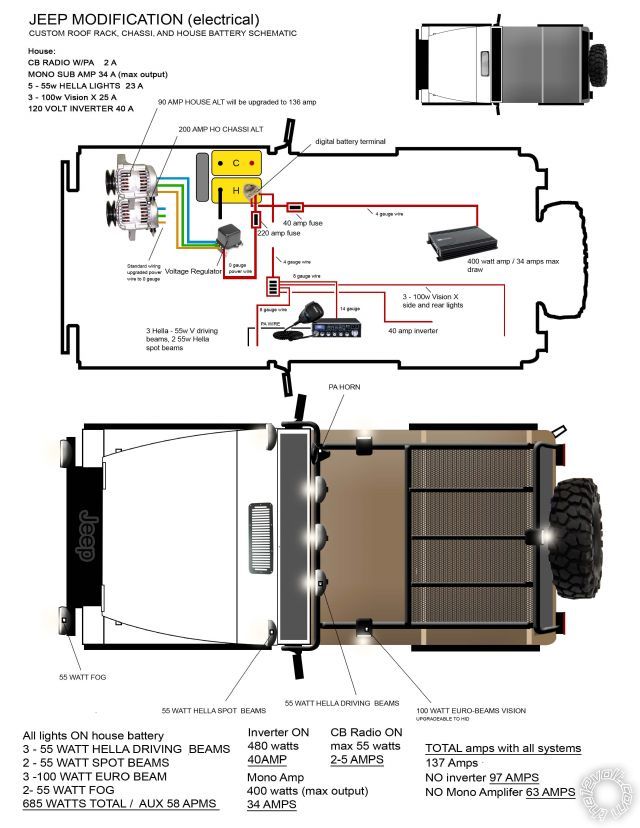As long as they are separated except for the common GND, there is no problem. Just be careful if systems are intermixed - eg, a main battery audio feeding signal to the aux battery amp (event though that is probably not an issue since it's not mixing the +12V rails/supplies - merely much lower voltages referenced to the common GND).
My recommendation is always for internal regulators. They avoid the
external issues - eg; alt-reg GND drift, the vicious circle of alt & reg replacement; extra cost - an internal alt with reg is usually the same price as one without and you save the cost (and hassle) of getting the matching VReg; plus the bonus if either stuffs up, you replace the whole unit (else replace the reg or brushes etc).
Excluding modern alternators (ECU interactive), I recommend 2-wire "S&L" alternators.
Like the D+, they have the charge-Light wire (D+ or L). But unlike the D+, they have a separate S or Sense wire which goes direct to the battery's +ve post no matter where it is. Hence the battery gets its correct voltage. (Fuses are not required for the S circuit though the cable could be fused, though S-loading is usually well under 20mA - equivalent to a LED. I use thin cable else a section of thin cable from the battery as the fuse.)
[ FYI - Vehicle voltages are based on the battery's proper charging - now accepted to be a max of 14.4V long-term. The traditionally 13.8V is too low to "maintain" batteries. These days 14.2V - 14.4V is the norm for 12V lead-acid batteries. ]
The only time you might want a single-wire D+ alternator is if the voltage drop to the battery under high alternator loads is so great that if the battery gets its 14.2-14.4V, the rest of the vehicle may bet 15V or 16V or more - hence damaging electrics. Or if there is a risk of bad connections, though modern S type alternators are often limited to under 16V output.
But then simply connect the S=Sense wire to the alternator output (B or B+) to imitate single-wire alternator behavior.
Sure, under those circumstances the battery is being undercharged, but that's another issue.
But the S-types are good because usually batteries are undercharged due to remoteness, or people want to increase the set voltage of 13.6 - 13.8V etc. The just place 0.6V diode(s) in the S line to boost output by 0.6V (or multiples) or some other suitable voltage
reference (0.2V germanium diodes, 0.3V Shottkys etc).
The S-types can hence be boosted for batteries that require higher than normal voltages, or for voltage sensitive amps where battery life is a secondary consideration.
BTW - I haven't checked your loads & wire gauges etc. My comments are merely on the charging (& battery) system.
But dual (or more) alternators with separate and independent batteries and loads is not uncommon - eg 2 x 250A or larger alternators. Usually they are common ground, but can be separate if the alternator has a floating GND independent of its chassis.
And some do connect multiple alternators together with apparent success. This might be because of the alternator design, the matching of characteristics, or adequate inter-cable resistance. But AFAIK, usually it is considered a destructive no-no.
 Printable version
Printable version















